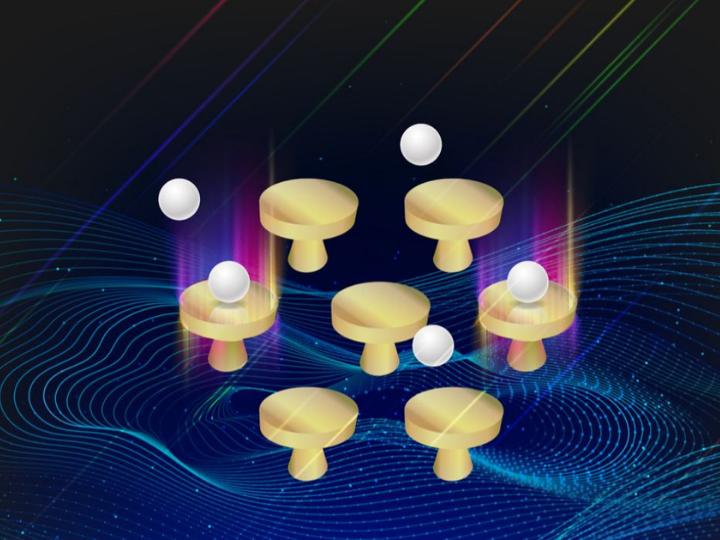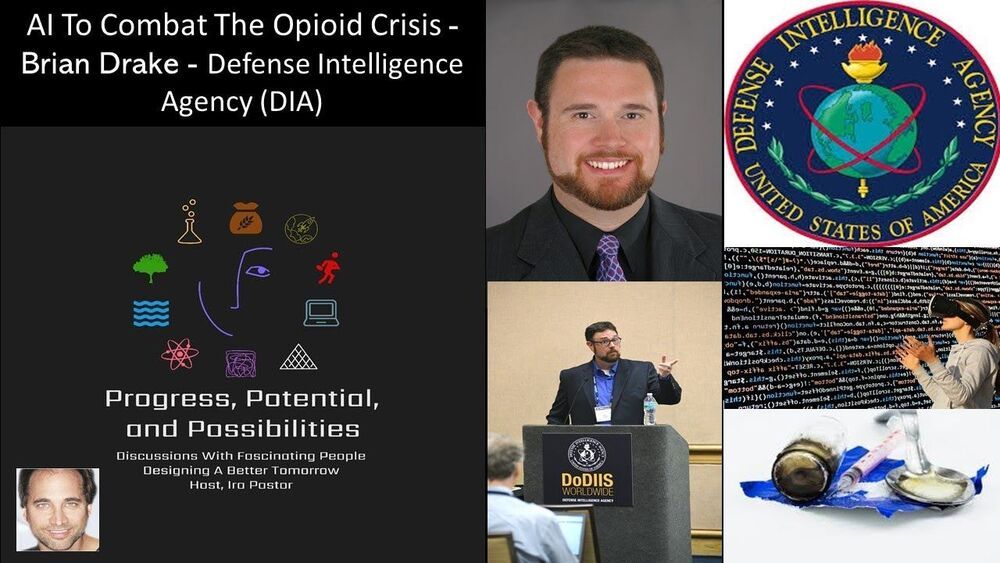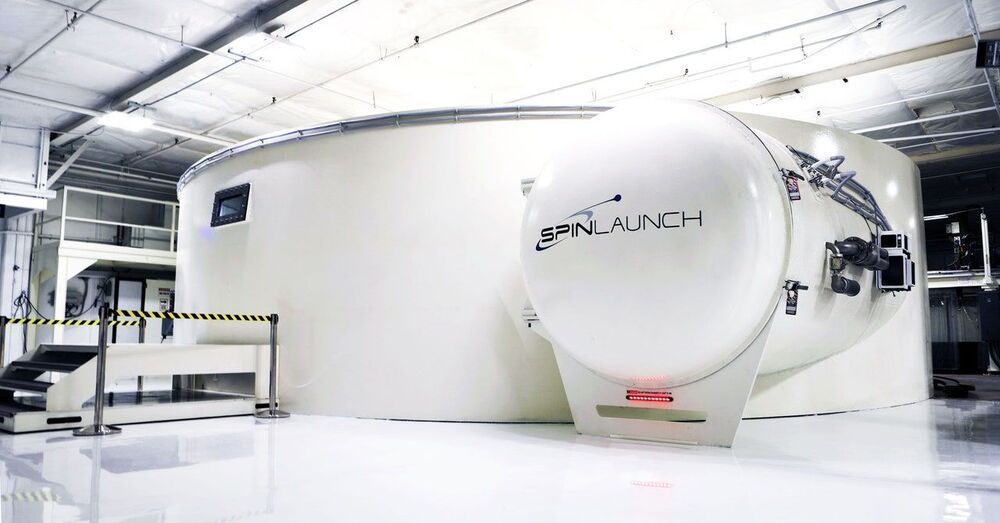Dec 9, 2020
Why DJI’s FPV drone will be a game-changer
Posted by Genevieve Klien in category: drones
There’s a lot of buzz right now about DJI’s impending FPV drone. We have some thoughts on why there’s so much interest and why this product will likely be a winner for the company.
It’s pretty clear that people are champing at the bit for the release of the new DJI FPV drone. We can say that because we’ve seen the page views on those posts, as well as the many comments and questions posted to our YouTube channel or sent as DMs on our Facebook page. Many people seem to be super keen to see this new drone in person. We are, too. And all this has us thinking this product has the potential to be huge. Huge.
Let’s have a look at why we say that.


















